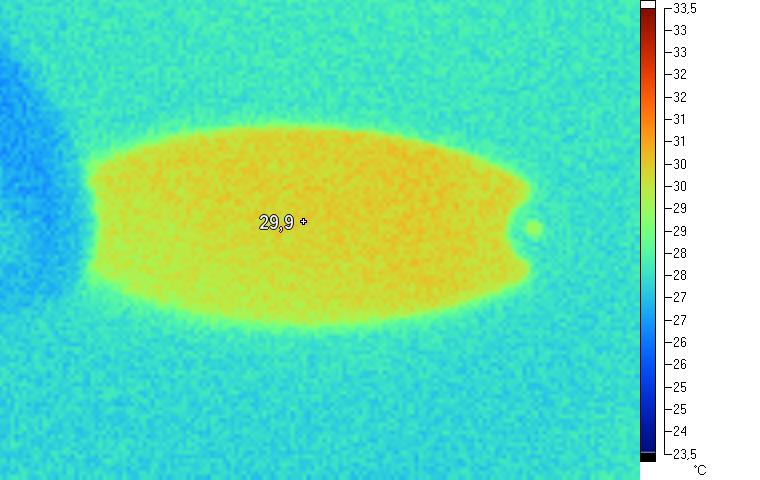Achieving SCT thermal equilibrium

Is SCT thermal equilibrium important? I have owned my telescope for 13 years. Not once have I been able to see the Airy disk of a star through the eyepiece. It is important to be able to see these rings around the central point of well focused stars, as it allows more precise scope collimation for a start. It also guarantees that the telescope performs at its best, especially in planetary viewing or imaging. They are a couple of reasons why it would be impossible to see these Airy disks:
- Substandard optics
- Turbulence
In my case, I know the optics of the C14 are good as the scope was tested on a optical bench (see Equipment section). The telescope has a Strehl ration of around 0.9, which is good for a SCT. That leaves the question of turbulence. A telltale sign of turbulence is, when looking at an unfocused star ring, that the image of the ring seems to wobble. Now, there are 2 types of turbulence:
- Atmospheric turbulence
- Intenal telescope turbulence
My observatory is in my garden, where I live, on the slopes of a 7000 Ft high mountain. This means that while the views are nice, the atmosphere is never really stable. Not much I can do about. What I can do something about though, is make sure the turbulence inside the OTA (Optical Tube assembly) is kept at a minimum through thermal equilibrium.
By thermal equilibrium we mean that all parts of the optical tube are at the same temperature. What happens when the massive primary mirror is not at the same temperature as the aluminium tube or the secondary mirror or the Schmidt plate, is that there are convection air movements inside the tube. These movements cause turbulences inside the telescope tube. On standard SCTs, such as the C14, the bottom of the scope was open on the baffle side, and people have tried various ways to achieve thermal balance quicker like, for example, blowing air into the tube with fans. This can’t be done with an Edge HD because, with corrector lenses inside the baffle, the tube is fully enclosed. One advantage of this is that it keeps the dust out, but it also keeps cool evening air out. As an Engineer, the so called “speak with data” was hammered into my head. So, here is what I did: I grabbed my company thermal imager to check which part of the C14 was at what temperature throughout the evening and night. I meant serious business! In the picture below, you can see the optical tube assembly and its infrared image (temperatures are in Deg°) C.


The back end of the scope, while being made of Aluminium (a good thermal conductor) is hotter, because it contains the massive primary mirror. Alot of weight means alot of thermal inertia. To be able to actually measure the temperature of the primary , I removed the air filter to get access to the mirror:

In any case, my personal opinion is that these filters are just a marketing argument and are of no use whatsoever to help the scope cool down. Prevent moisture buildup inside the tube “Yes”, but help circulate air rapidly “No”.

These measurements were made in summer. This picture is pretty sef explainatory: while the bottom housing is at 26 °C, the mirror actually is at 30 °C. This is going to take some time to cool down…

Obviously, these temperatures were acquired around 19:00 Hrs, when the sun moves behind the mountains and the observatory starts to cool down. Now let’s look at the evolution through the night. This graph is pretty self-explanatory, but we can see that the tube on that particular day took about 5 hours to reach ebuilibrium (or thermal balance, meaning that all parts are at the same temperature). What’s important to note however is that ambient air T° continues to go down and the Telescope’s running behind…

Conclusion
Obviously, this pretty much is a worst case scenario where I’m observing as it was a summer’s day with large temperature amplitude between day and night. What it shows though, is that as air temperature decreases in a fairly linear manner, the telescope, because of its mass is always lagging behind. Here is what the evolution of ambiant T° looks like on a spring day (so the amplitude is smaller):

You can see that it’s stable around 3 in the morning. This means, internal turbulence wise, the sweet spot for high resolution is around the early hours of the morning. any other time, and the Airy disk will be mush.